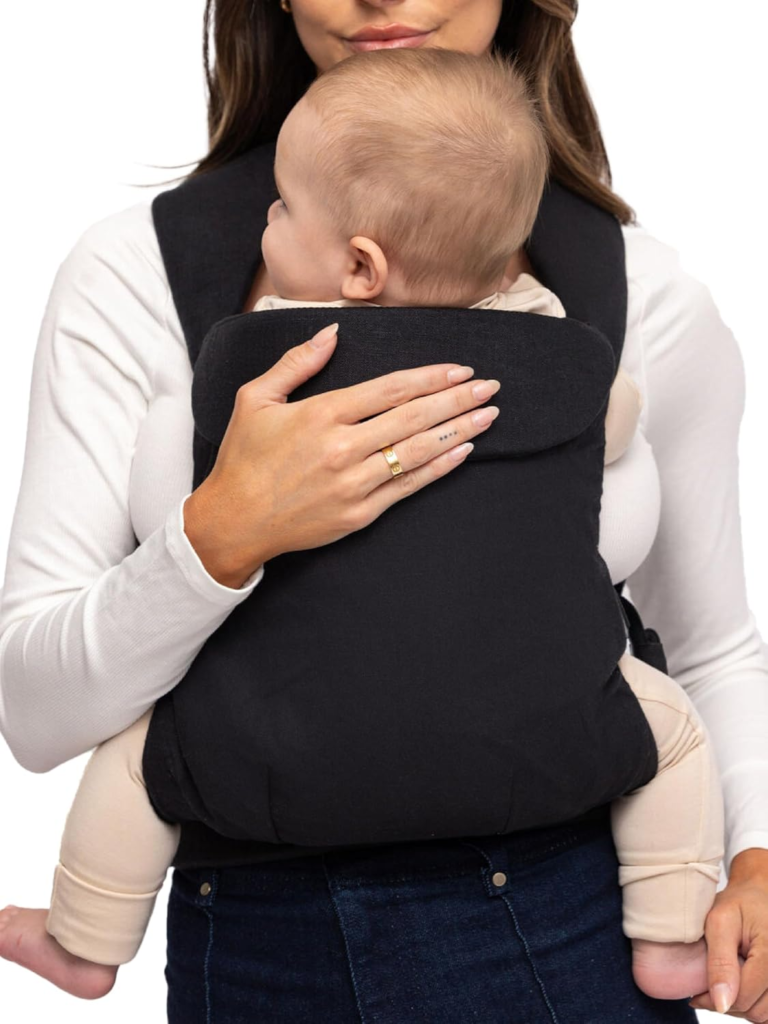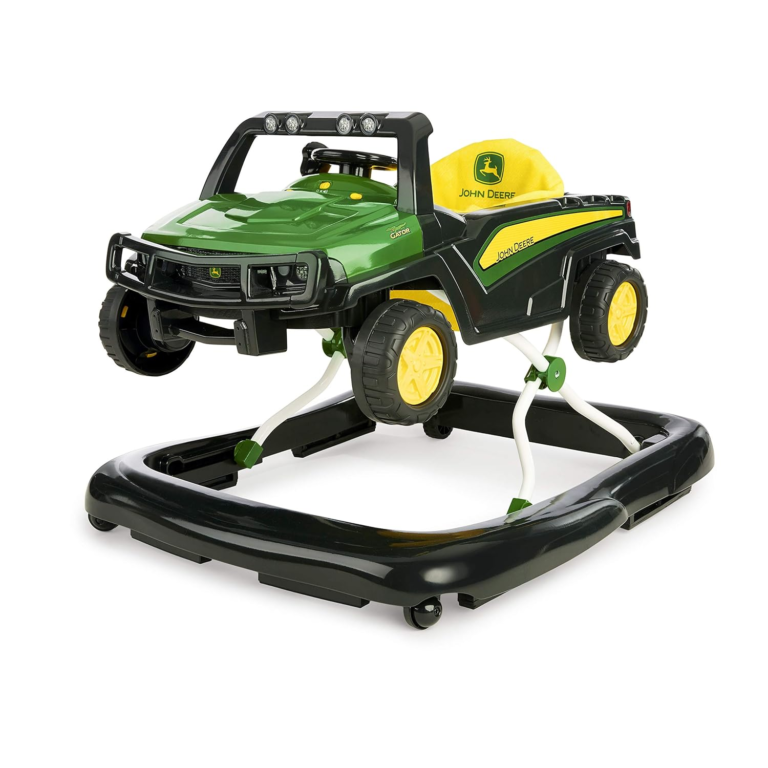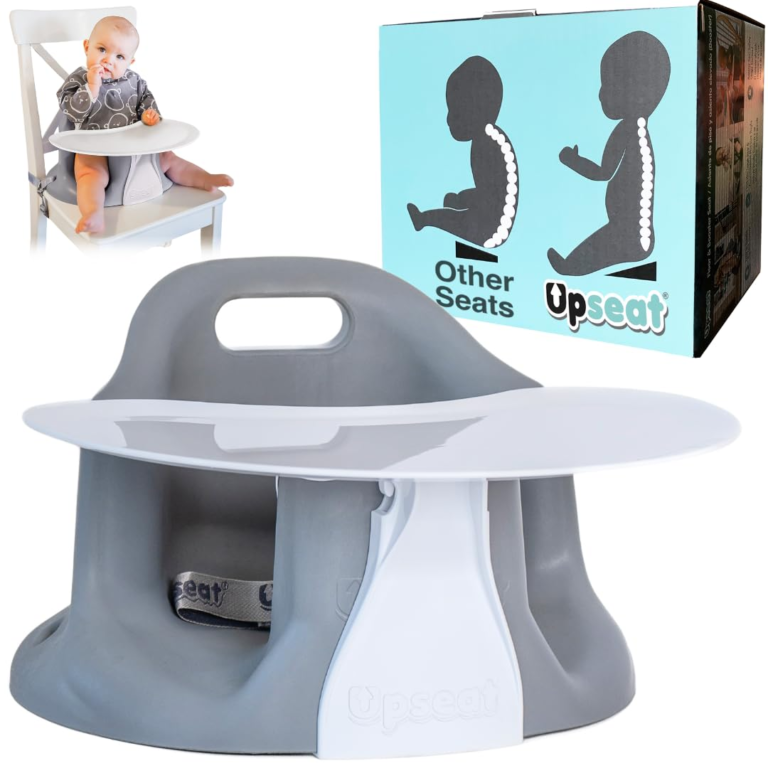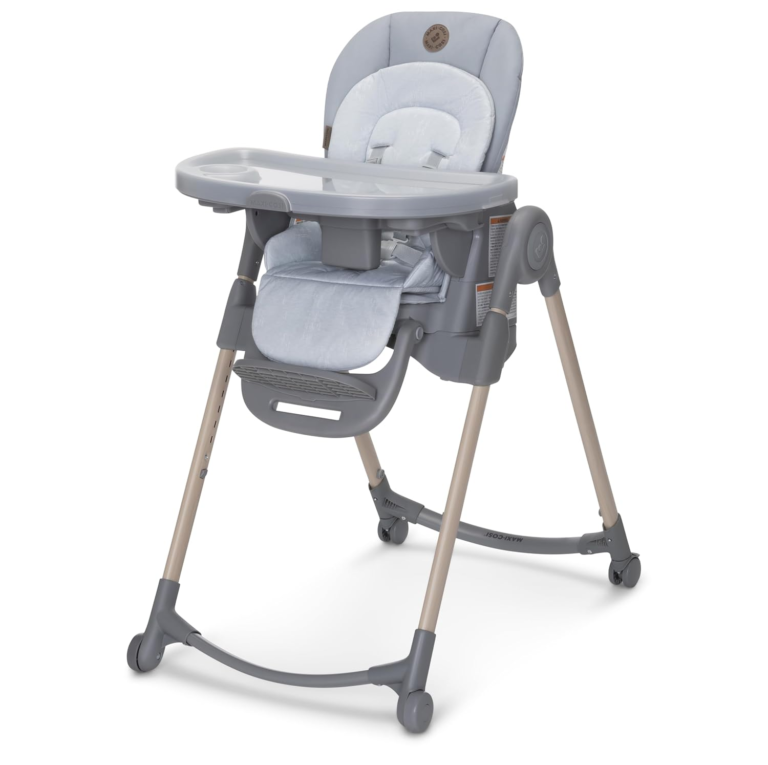Why Choosing the Right Backpack Matters
Health & Comfort: A poorly fitted or overloaded backpack can contribute to back and shoulder pain, poor posture, and long-term musculoskeletal issues. Experts suggest backpacks shouldn’t exceed 10–15% of a child’s body weight, ideally closer to 10% to prevent strain.
Organization & Durability: A well-designed backpack helps keep supplies organized with multiple compartments, reduces chaos, and enhances your child’s school day experience. Kids’ backpacks face daily abuse—strong materials like thick canvas, durable zippers, reinforced seams, and water resistance are crucial.
Child Appeal & Safety: A backpack that kids love encourages proper use. Trends in 2025 include character-themed designs (e.g., Minecraft), personalized patches/monograms, and even clear-acrylic versions (some schools now require them). Bright colors or distinctive patterns can help parents spot their child easily in a crowd or at pick-up.
1. Camo Boys Backpacks
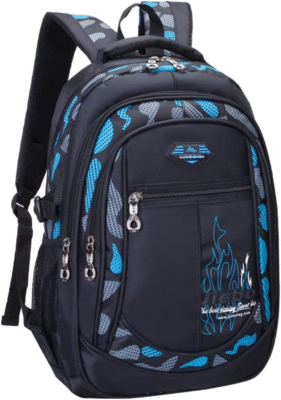
4.8 out of 5 ratings
Why it stands out: Backpack for Primary Middle School Boys: Size of camo boys backpack: 12.5(L) 7.8(W) 18.8 inch(H), 32(L) 20(W) 48 cm(H); Approximate capacity of camo boys backpack for school: 30 Liters
Capacity to Load What You Need: The camo boys backpack for school features 1 Main pocket, 4 front pockets, and 2 side pockets; Main pocket to hold folders, books, lunchbox, tablet; Front pockets to hold commonly used items for quick access
Ideal for: Kids aged 10+ who carry books and devices—especially those walking or taking the bus.
2. JanSport SuperBreak
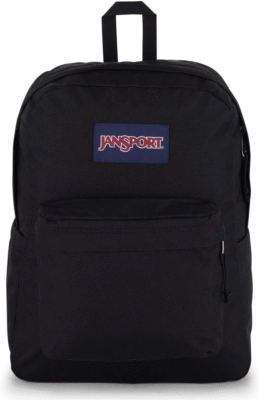
4.6 out of 5 ratings
Why it’s loved: A classic that’s built to last. One parent noted it survived being dragged across a gym floor—and still works great. It features roomy storage, padded straps, and a variety of fun designs.
Ideal for: Active elementary schoolers needing a dependable, everyday backpack.
3. Simple Modern Medium Toddler Backpack for School Girls and Boys
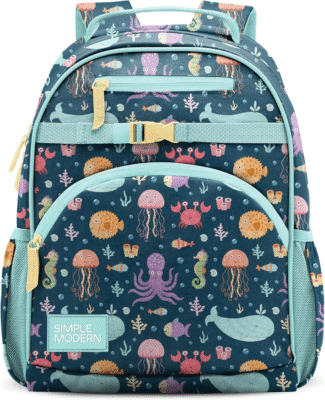
4.8 out of 5 ratings
What makes it special: Simple Modern Medium Toddler Backpack for School Girls and Boys | Kindergarten Elementary Kids Backpack.
Ideal for: Kids aged 3–8 who appreciate storytelling and individuality.
4. Osprey Daylite Jr. Kids’ Commuter Backpack
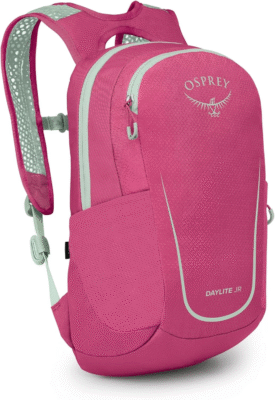
4.8 out of 5 ratings
Why it excels: Osprey Daylite Jr. Kids’ Commuter Backpack, Hotspot Pink/Frosty Mint. Built for adventure, these backpacks include ventilated back panels, hydration compatibility, and sturdy construction—great for both school and extracurricular activities.
Ideal for: Children who balance school with active, outdoor interests.
5. Fjällräven Kånken
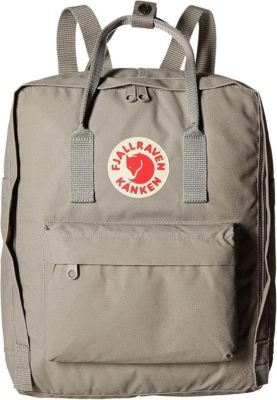
4.6 out of 5 ratings
Why it’s trendy and functional: Lightweight yet deceptively spacious, it has a timeless Scandinavian design. Parents and kids alike appreciate its sleek look and practicality. FROM SCHOOLYARDS TO RUNWAYS: The Fjällräven Kånken backpack for men and women has an incredible journey that began in 1978, serving as a trusted companion for Swedish school children. Over the decades, it has not only retained its practicality but has also become an iconic fashion statement. Its timeless design makes it a coveted accessory that seamlessly blends style and utility. Whether you’re a student, professional, or adventurer, the Kånken backpack has universal appeal.
Ideal for: Style-savvy middle schoolers who still need reliable capacity.
Bonus Insights & Ergonomic Tips
- WIRED’s testing shows that kids “kick backpacks under plane seats … stuff them into lockers, all while needing comfort and durability”—and standout picks include the L.L.Bean bag.
- Spinal health matters. Experts recommend choosing backpacks that fit the child’s torso—not larger or wider—and sit no more than 2 inches below the waistline. Padded, adjustable straps and proper packing (heavy items close to the back; declutter weekly) are key.
- Trends spotlight: Personalized backpacks with patches or monograms remain popular. Character-themed and sporty styles continue to appeal, even clear backpacks—with creative twists—from editors like The Everymom.
Quick Comparison Table
| Backpack | Best For | Key Highlights |
|---|---|---|
| Camo Boys Backpacks | Older kids (10+) | Ergonomic, durable, spacious, reflective |
| JanSport SuperBreak | Active elementary schoolers | Tough, classic, trusted |
| Pottery Barn Mackenzie | Preschool–early elementary | Personalized, fun designs |
| Osprey Daylite Jr. | Active/outdoor kids | Ventilated, hydration-ready, adventure-tested |
| Fjällräven Kånken | Style-conscious middle schoolers | Lightweight yet roomy with iconic design |
- Outing Kids Backpack – Blue: Great for 3–6 year-olds—water-proof, anti-bacterial lining, reflective strips, anti-lost whistle.
- Zoocchini Kids Backpack: Cute 3D character designs, organizer features, name tag—perfect for preschoolers.
- Marcus & Marcus Little Kid 2‑in‑1 Backpack: Unique convertibility allows it to function as both a backpack and a cross-shoulder bag with a removable front pocket.
Key Features to Look For
1. Proper Size & Fit
- The backpack should fit your child’s torso length (base of neck to top of hips), sit no lower than 2 inches below the shoulder blades, and not exceed the width of their torso.
- Choose size according to age: under 12 liters for preschoolers, 15–18 liters for elementary-aged, and 18–30 liters for middle-schoolers.
2. Weight Distribution & Support
- Look for wide, padded, and adjustable shoulder straps, and consider backpacks with waist or chest straps to distribute weight more evenly.
- Always encourage wearing both straps, not slung over one shoulder.
3. Packing Smartly
- Pack heavier items (like books or devices) closest to the back panel to maintain center of gravity.
- Use compartments thoughtfully to balance the load and prevent shifting.
- Stack books vertically and minimize non-essentials; separate lunch in a different bag if possible.
4. Durability & Materials
- Seek accessories made of ballistic nylon, high-quality polyester, or thick canvas, with reinforced seams and durable zippers.
- Waterproof or water-resistant fabric is a plus, especially in unpredictable weather.
5. Organization Features
- Useful extras include laptop/tablet sleeves, mesh water bottle pockets, pencil holders, and quick-access front pouches.
6. Visibility Features
- Reflective strips or piping can enhance safety during early mornings or late afternoons.
7. Style & Personalization
- Allow kids to choose designs they like—characters, colors, patches—to increase the likelihood of correct usage.
- Clear backpacks are trending and may comply with certain school policies.
Final Thoughts
Whether you’re prioritizing ergonomic support, durability, personalization, or fun designs, one of these standout options is bound to suit your child’s needs for 2025 and beyond. Pair the right bag with healthy packing habits, and your kid will be set for comfort, style, and success this school year!



